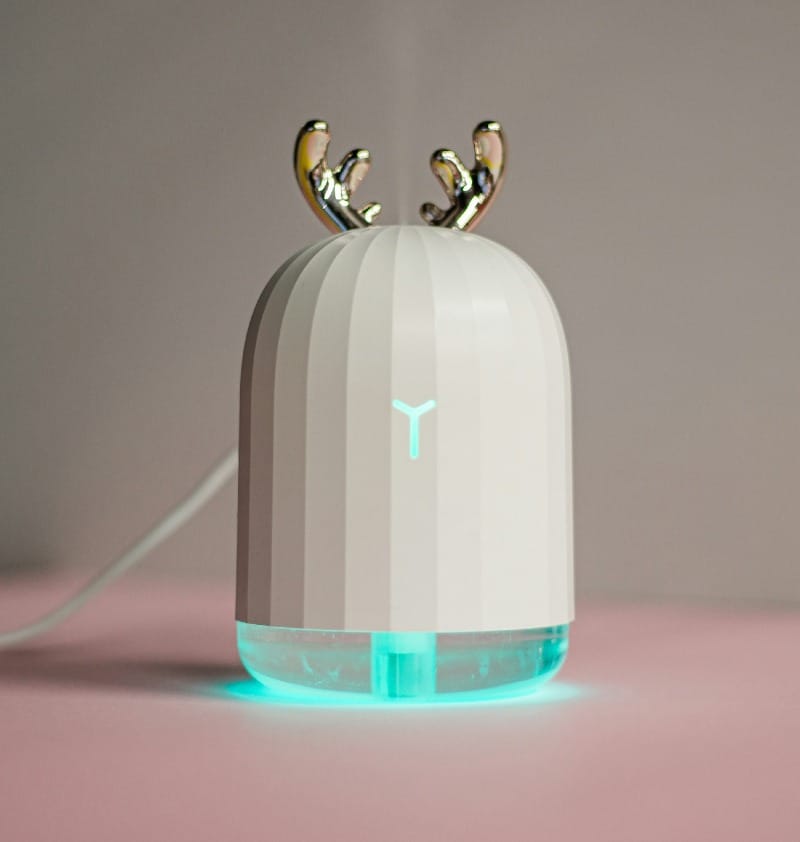Humidifiers are devices that add moisture to the air, helping to maintain optimal indoor humidity levels. While often overlooked, these simple appliances can have significant benefits for our health and wellbeing, especially during dry winter months or in arid climates.
Key takeaways:
• Humidifiers can relieve respiratory symptoms and improve comfort
• Optimal indoor humidity is between 40-60% relative humidity
• Regular cleaning and maintenance is crucial for safe humidifier use
• Different types of humidifiers have varying benefits and considerations
How humidifiers impact respiratory health
One of the primary benefits of humidifiers is their positive effect on respiratory health. Dry air can irritate the airways, leading to discomfort and exacerbating respiratory conditions. By adding moisture to the air, humidifiers can:
• Relieve congestion and coughing
• Reduce the risk of nosebleeds
• Ease symptoms of allergies and asthma
• Help prevent the spread of airborne viruses
Research has shown that maintaining indoor relative humidity between 40-60% can significantly reduce the survival of influenza viruses in the air. This optimal humidity range also supports the body's natural defense mechanisms against respiratory infections.
Skin and overall comfort benefits
Beyond respiratory health, humidifiers can improve overall comfort and skin health. Dry air can lead to:
• Dry, itchy skin
• Chapped lips
• Static electricity
• Dry eyes
By maintaining proper humidity levels, these issues can be alleviated, leading to improved comfort and potentially reducing the need for moisturizers and eye drops.
Types of humidifiers and their benefits
There are several types of humidifiers available, each with its own set of advantages:
- Evaporative humidifiers: These use a fan to blow air through a wet wick or filter. They are self-regulating and less likely to over-humidify a space.
- Ultrasonic humidifiers: These create a fine mist using high-frequency vibrations. They are generally quiet and energy-efficient.
- Steam vaporizers: These boil water to create steam. While effective, they can pose a burn risk and are not recommended for use around children.
- Central humidifiers: These are built into home HVAC systems and can humidify an entire house.
The choice of humidifier depends on factors such as room size, maintenance requirements, and specific health needs.
Proper use and maintenance
While humidifiers offer numerous benefits, improper use can lead to health risks. Dirty humidifiers can breed mold and bacteria, which can then be dispersed into the air. To ensure safe and effective use:
• Clean your humidifier regularly according to manufacturer instructions
• Use distilled or demineralized water to prevent mineral buildup
• Monitor humidity levels and avoid over-humidification
• Replace filters as recommended
Conclusion
Humidifiers can be valuable tools for maintaining indoor air quality and supporting respiratory health. By understanding the benefits and proper use of these devices, we can create more comfortable and healthier indoor environments. As with any health-related decision, it's important to consult with a healthcare professional, especially if you have pre-existing respiratory conditions.
Want to learn more about optimizing your indoor environment for health and longevity? Subscribe to our newsletter for the latest research and tips on creating a health-promoting living space.
References:
- Noti, J. D., Blachere, F. M., McMillen, C. M., Lindsley, W. G., Kashon, M. L., Slaughter, D. R., & Beezhold, D. H. (2013). High humidity leads to loss of infectious influenza virus from simulated coughs. PLoS One, 8(2), e57485.
- Arundel, A. V., Sterling, E. M., Biggin, J. H., & Sterling, T. D. (1986). Indirect health effects of relative humidity in indoor environments. Environmental Health Perspectives, 65, 351-361.
- Reiman, J. M., Das, B., Sindberg, G. M., Urban, M. D., Hammerlund, M. E., Lee, H. B., ... & Pierret, C. (2018). Humidity as a non-pharmaceutical intervention for influenza A. PLoS One, 13(9), e0204337.













Member discussion